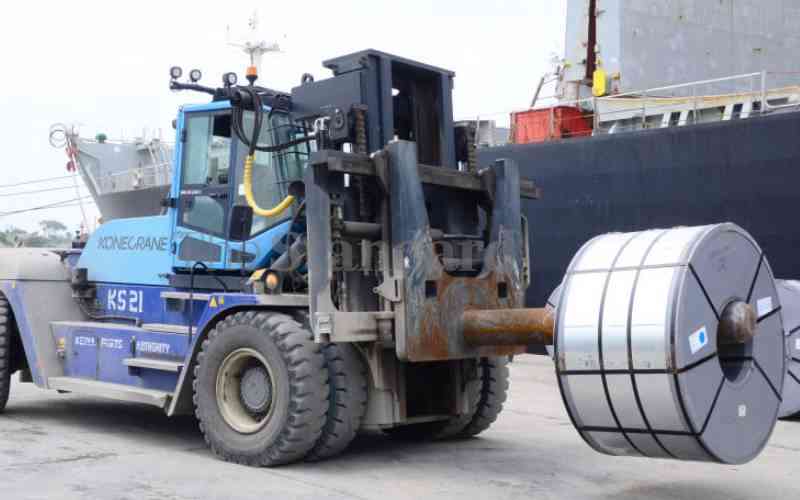×
The Standard e-Paper
Kenya’s Boldest Voice

Historians may challenge me on this, but I reckon that the reason the British claimed Kenya as their protectorate was to act as a stopover from Egypt to Southern Africa.
As the first plane landed on water, Lake Naivasha was a perfect airport. The discovery of a snow-capped mountain and climatic conditions suitable for all crops was carte blanche for settlers.